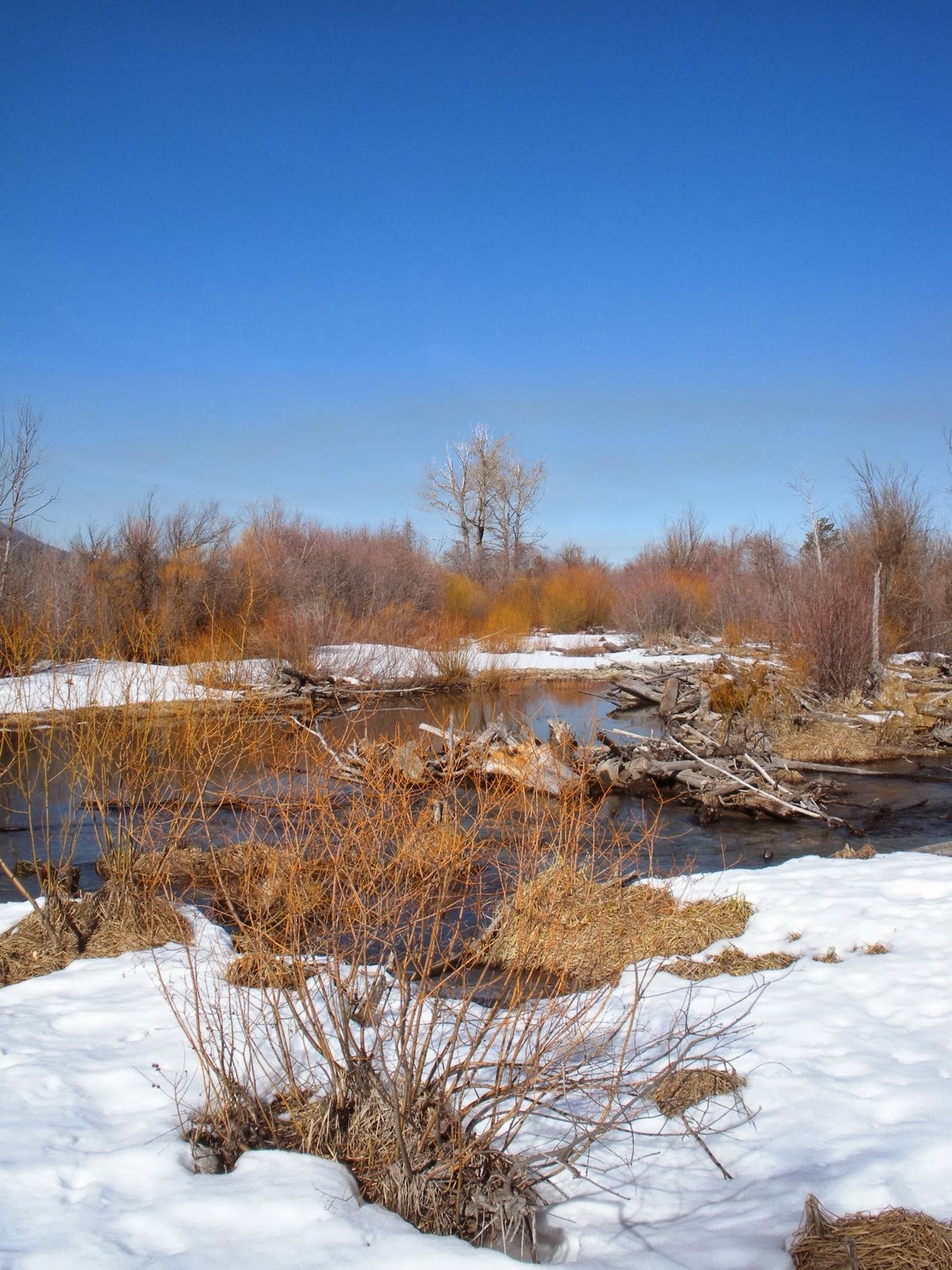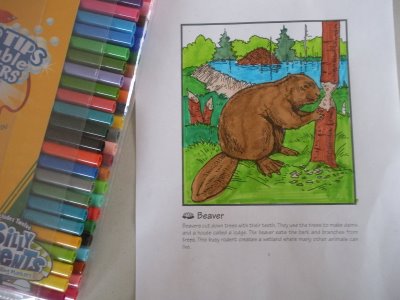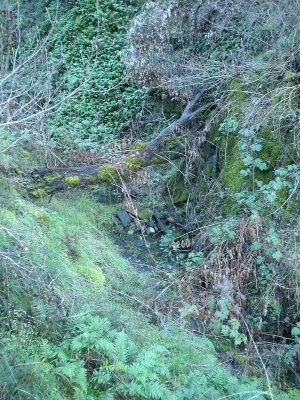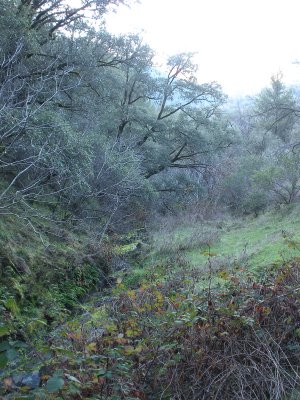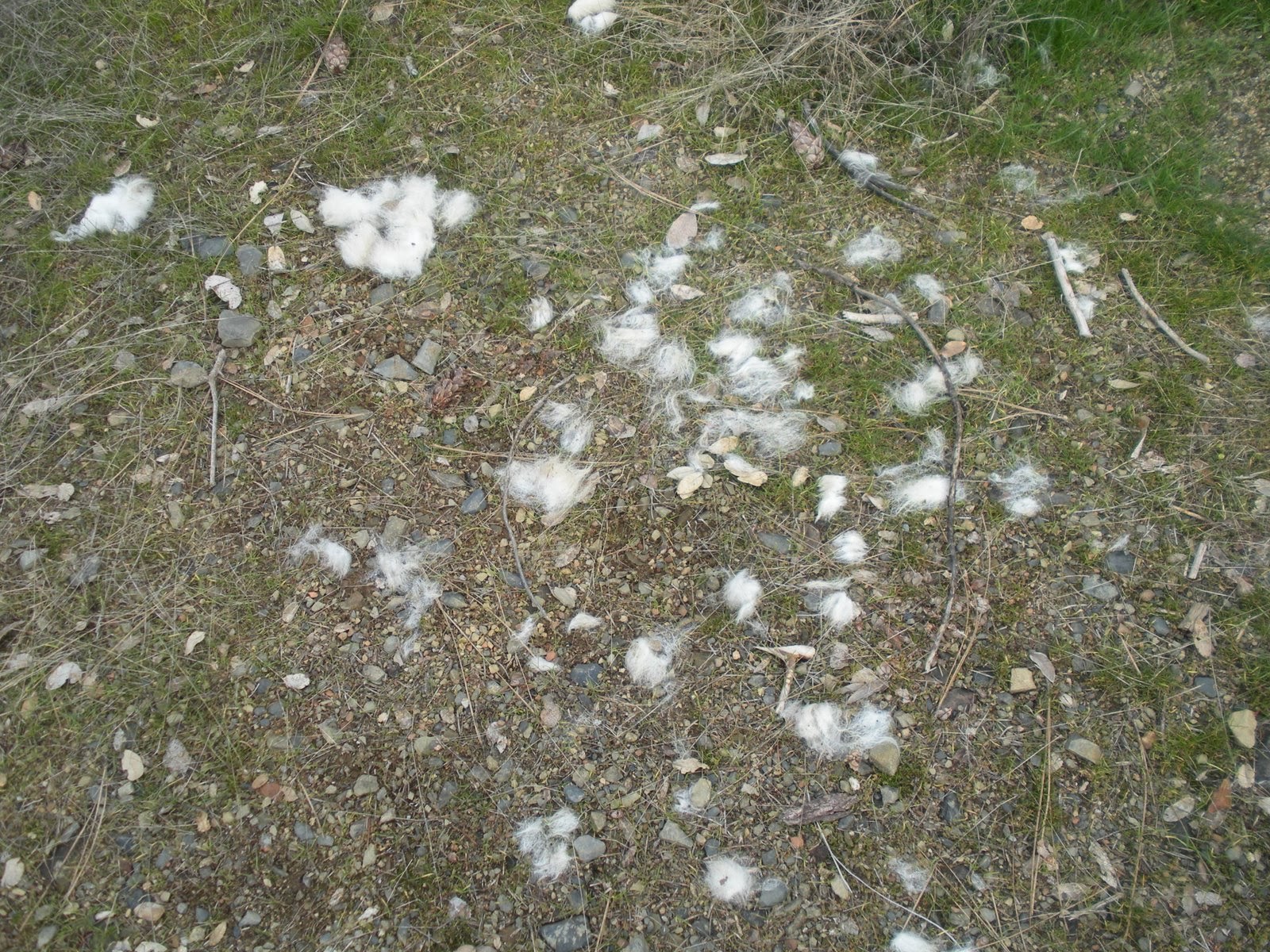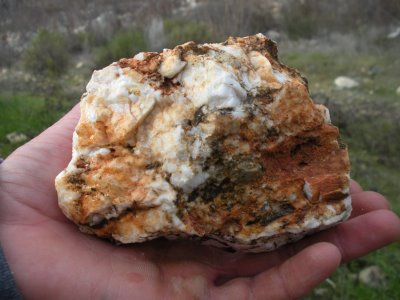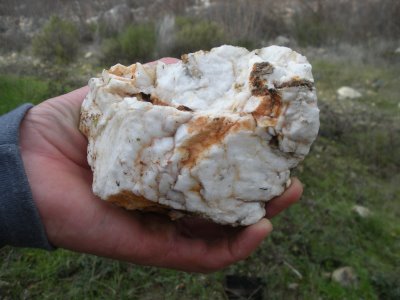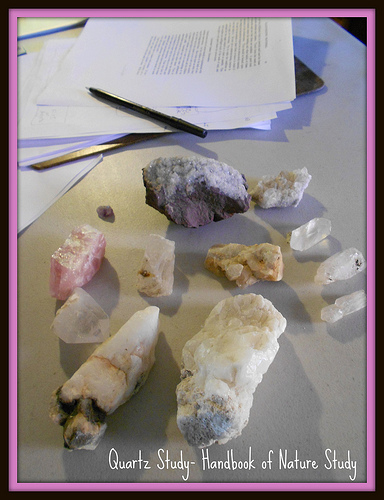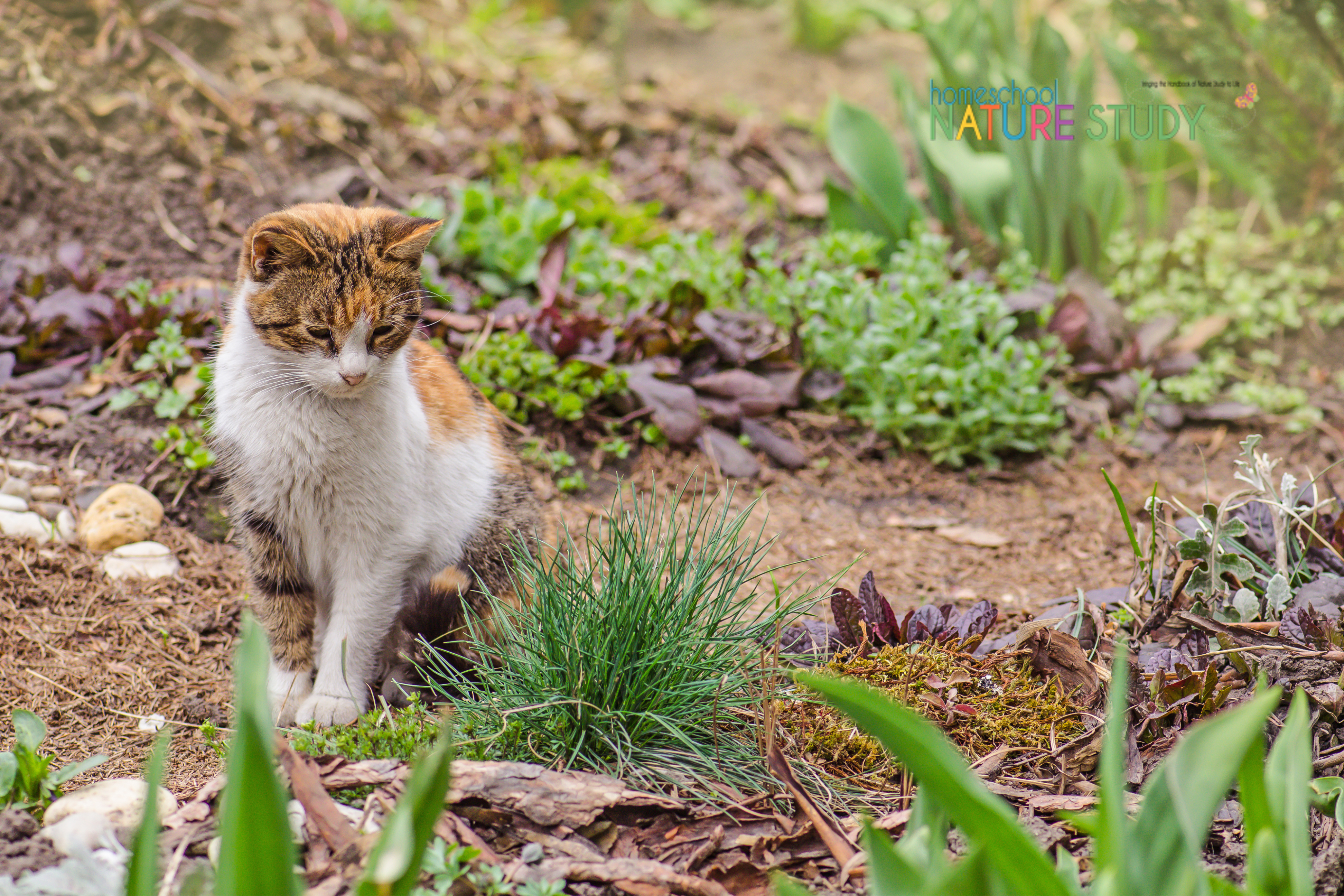
You can enjoy a simple mammals homeschool nature study with these resources we have gathered for you to use in your own backyard. It is such a delight to study and learn about these beautiful creatures!
NOTE: All of the mammals homeschool nature study resources listed are available as an Outdoor Hour Challenge in our Homeschool Nature Study membership. If you have a membership, you will be able to pull up the Outdoor Hour Challenge curriculum and print any notebook pages, coloring pages, or other printables for your mammals nature study.
Wondering how to start? Grab our FREE Getting Started with Homeschool Nature Study Guide!

Mammals Homeschool Nature Study Using Outdoor Hour Challenges (in Nature Study Membership)
- Animal Tracks Hunt – Mammals Outdoor Hour Challenge
- Bats – Summer course
- Bear – Forest Fun course
- Beavers
- Cats – Spring course
- Cattle and Deer – Winter Continues course
- Chipmunks – Autumn course (An example of a chipmunks and squirrel study with Homeschool Nature Study here)
- Coyote – High Desert course
- Elk – High Desert ebook
- Goats – More Spring Nature Course
- Golden Mantled Ground Squirrel – High Desert course
- Horses – Autumn course
- Moose – Forest Fun course
- Mountain Lion – High Desert course
- Mouse – More Summer course
- Muskrat – Creepy Things course
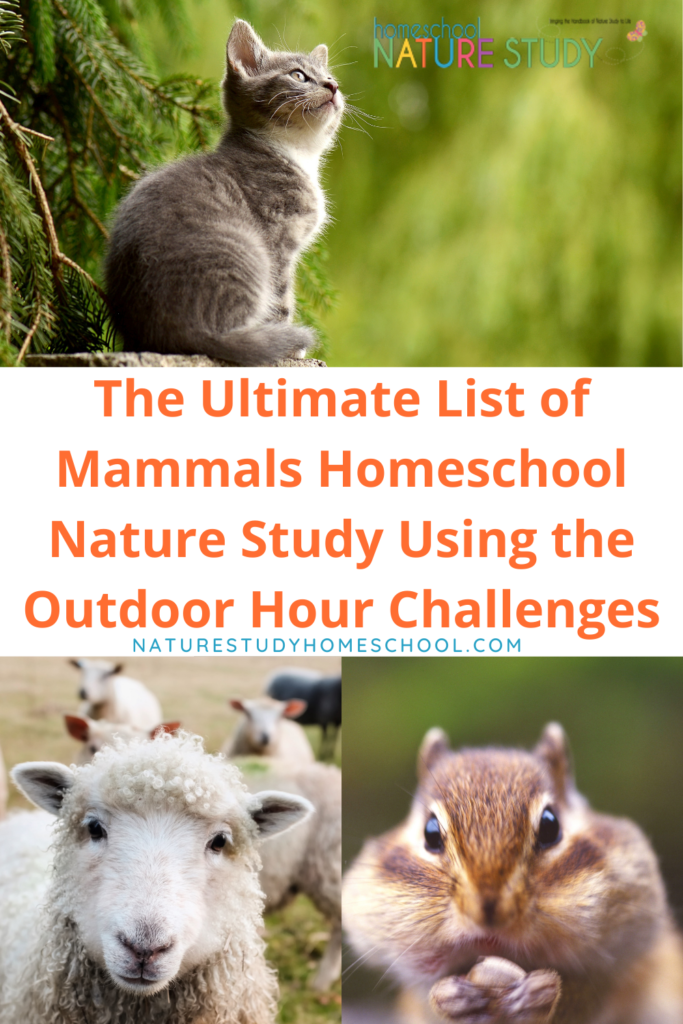
- Pig – Autumn Continues course
- Pocket Gopher – High Desert course
- Porcupine – Forest Fun course
- Rabbits
- Raccoons – Summer course
- Rats
- River Otter – High Desert course
- Sheep – More Winter course
- Skunks – Summer course
- Skunks and Badgers
- Squirrels and Squirrels with Rodent Notebooking Page
- Winter Mammals from Winter Wednesday course
- Winter Mammals Hiberation – Winter Wednesday course
- Winter Mammal Tracks – Winter course
- Wolf, Fox, and Dog
- Woodchuck, Groundhog, Prairie Dog, and Marmot
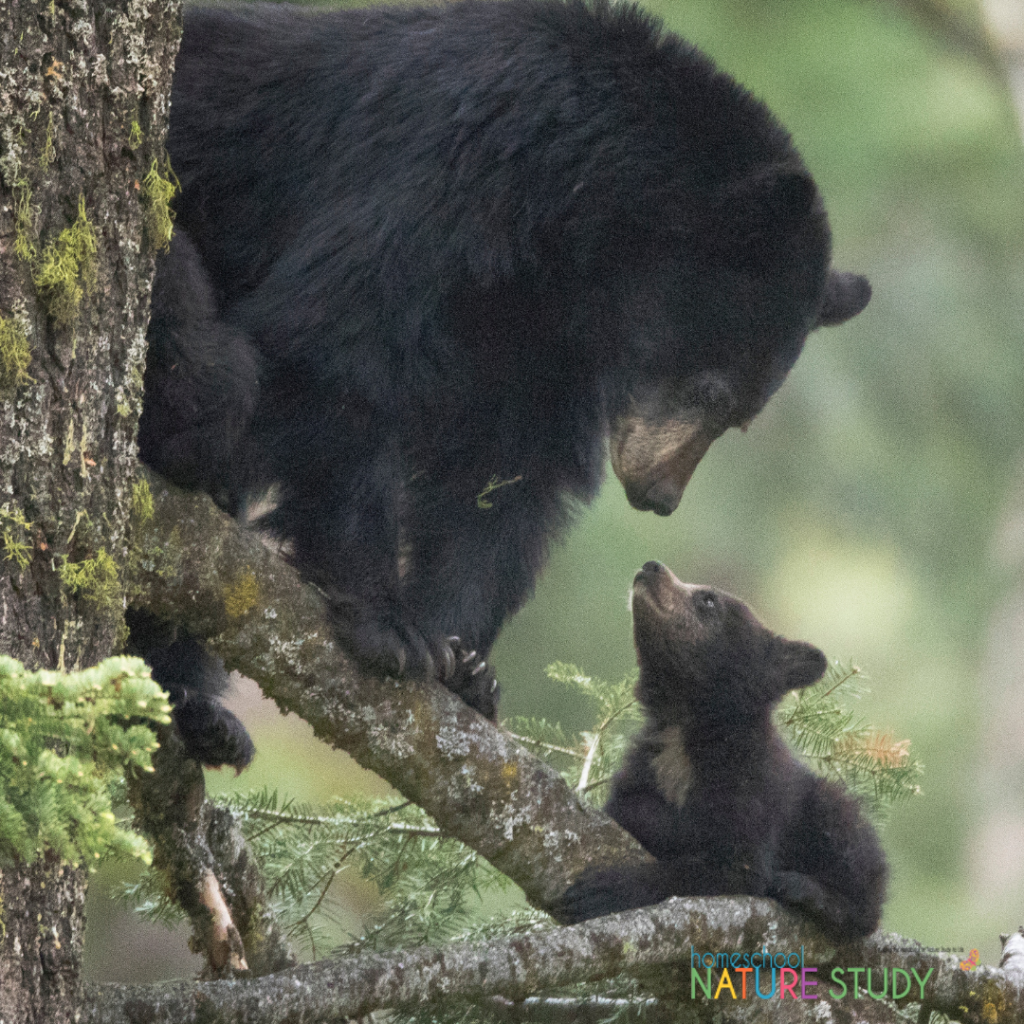
Additional Mammal Homeschool Activities Included with Membership
- Mammal Outdoor Hour Challenge Notebook Page
- Mammal notebook page
- Running List of Mammals printable notebook page
- Looking for Signs and Tracks
- Mammal nature study journal idea printable. Mammals at the zoo.

Join The Homeschool Nature Study Membership for Year Round Support
Can you believe all of these mammals resources you will find in membership? You will also find a continuing series on mammals plus all the Outdoor Hour Challenges for nature study in our Homeschool Nature Study membership. There are 25+ continuing courses with matching Outdoor Hour curriculum that will bring the Handbook of Nature Study to life in your homeschool! In addition, there is an interactive monthly calendar with daily nature study prompt – all at your fingertips!
first published 2011 by Barb and updated by Tricia 2022





















